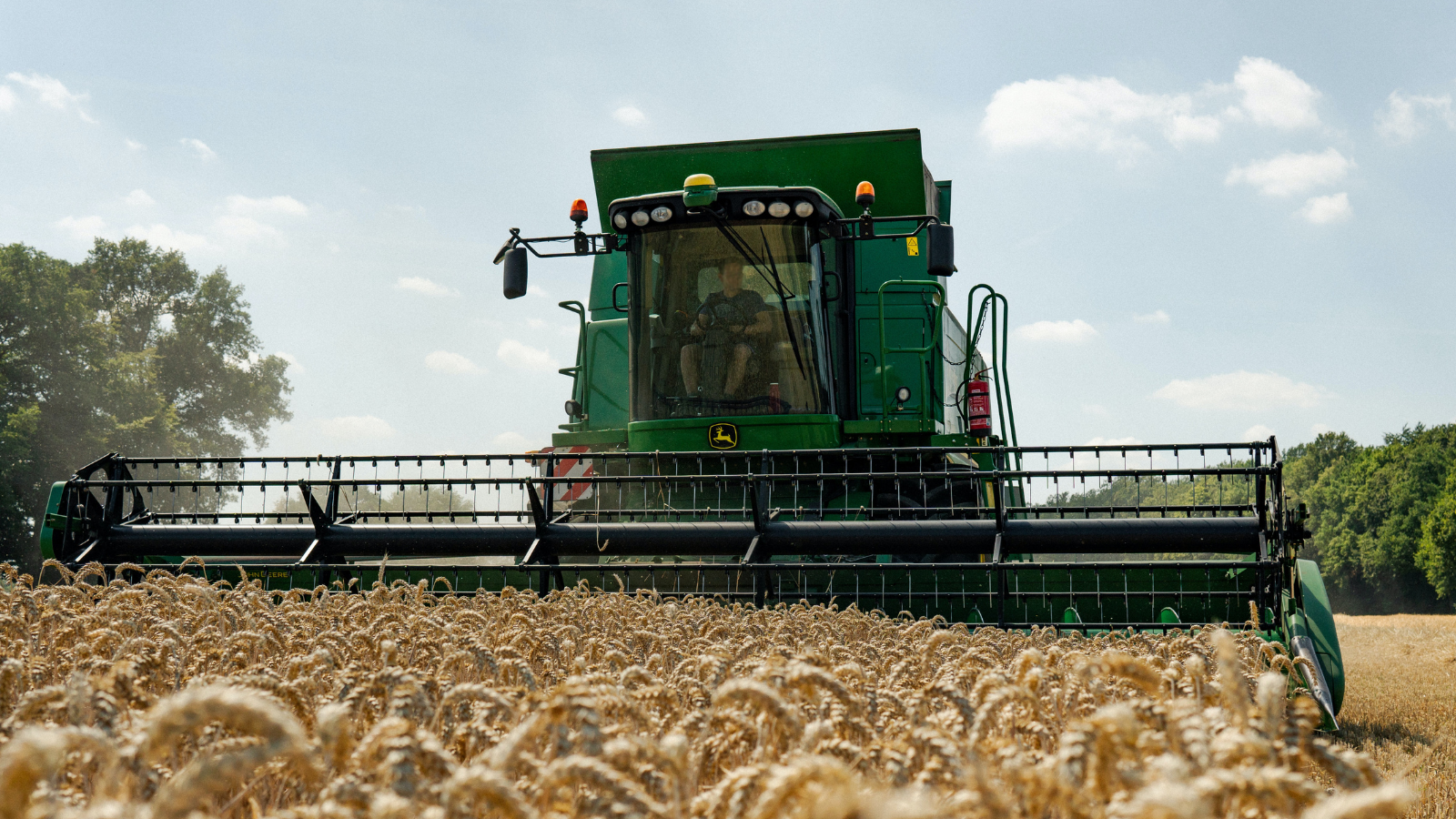
Raising Risk 2001
Field Testing of Genetically Engineered Crops in the United States
The science of genetic engineering, particularly as applied to agriculture, is radical and new. Contrary to popular belief, the technology is not very precise. As a result, genetic engineering raises a host of ecological and human health concerns that have not been adequately addressed. Despite this, on tens of thousands of acres across the United States, although the exact amount is not publicly available, experiments with genetically engineered crops are being conducted in the open environment with little oversight and public notification.
Downloads
U.S. PIRG Education Fund

The science of genetic engineering, particularly as applied to agriculture, is radical and new. Never before in the history of the planet have we been able to transfer genes across natural species barriers, creating unheard of combinations like tomatoes with fish genes, or even pigs with human genes. Contrary to popular belief, the technology is not very precise. Scientists cannot control the location where the gene is inserted into the host’s genetic code, nor guarantee stable expression of the gene in the new genetically engineered organism. As a result, genetic engineering raises a host of ecological and human health concerns that have not been adequately addressed. Despite this, on tens of thousands of acres across the United States, although the exact amount is not publicly available, experiments with genetically engineered crops are being conducted in the open environment with little oversight and public notification.
When the science of genetic engineering began in the 1970s, the National Institutes of Health (NIH) said experiments that released genetically engineered organisms into the environment were too hazardous and should not be performed. Despite these early calls for caution, a booming biotechnology industry soon turned its eyes to agriculture, and field experiments applying genetic engineering to plants were allowed to begin in the 1980s. Based on available data, this report documents the extent of field testing of genetically engineered crops across the United States, highlights the environmental risks, and details the lack of regulation.
Field tests of genetically engineered crops are supposed to be conducted in an attempt to both determine the impact of the new crops on the environment, and to determine how well the plants function. But there are many potential risks associated with the release of genetically engineered plants. For example, introducing nonnative organisms into the environment can cause degradation of natural ecosystem functions, and is estimated to cost the United States alone an estimated $123 billion annually. Plants engineered to produce proteins with insecticidal properties may damage the soil, or harm so-called nontarget species like the monarch butterfly. Plants engineered to be virus resistant can cause new viral strains to evolve through recombination, or make existing viruses more severe. And if field experiments are not properly monitored, genetic pollution can result, putting farmers’ livelihoods and the environment at risk. Thus our environment is serving as the laboratory for widespread experimentation of genetically engineered organisms with profound risks that, once released, can never be recalled.
USDA’s regulations on field tests, which still form the basis of the agency’s oversight although they have been considerably weakened, were inadequate from the start. An independent analysis by the General Accounting Office in 1988 roundly criticized shortcomings in the regulations, echoing calls by prominent microbiologists, ecologists, and others that certain decisions were “scientifically indefensible.” USDA has continued to considerably weaken its oversight of the technology despite little empirical evidence on which to base such decisions. The agency has failed to require adequate data collection of field tests of genetically engineered crops, leaving the true impacts of these new creations still largely unknown. According to a review that was conducted of the 85 most recent reports of field tests available in 1995 (before oversight was further weakened), some of the most fundamental tests necessary to determine ecological impact, such as experiments to assess weediness or impacts on nontarget insects, were never even conducted. As the authors of the report concluded, this is a classic example of a “don’t look, don’t find” regulatory framework.
Key Report Findings
Raising Risk examines data regarding field tests of genetically engineered crops and the environmental risks associated with these tests. It also examines the evolution and adequacy of USDA’s regulations on genetic engineering. It is clear that USDA has generally served as a rubber stamp for applications to conduct field tests. Only 4% of applications to conduct field testing have been rejected, and those that have been rejected were for reasons such as incomplete applications or other minor paperwork errors. Other major findings include:
• USDA authorized 28,892 field test sites of genetically engineered organisms through 2000.
• As of January 2001, the ten states and territories that have hosted the most field test sites are: Hawaii (3,275), Illinois (2,832),Iowa (2,820), Puerto Rico (2,296), California (1,435), Idaho (1,060), Minnesota (1,055), Nebraska (971), Wisconsin (918),and Indiana (886).
• As of January 2001, 9 states and territories have hosted ten or fewer field test sites. They are Nevada (0), New Hampshire (0), Vermont (0), Virgin Islands (0), Rhode Island (3), Alaska (5), Utah (6), Massachusetts (7),and West Virginia (10).
• The range for the remaining states is between 20 and 830.
• The universities submitting the most requests for permits are University of Idaho (78), Iowa State (68), Rutgers (65), and University of Kentucky (50).
• From 1987 through 2000 inclusive, Monsanto (or a now wholly-owned subsidiary) applied to conduct the most field tests every year.
• In a snapshot of the rapid industry consolidation among companies investing in genetically engineered crops, of the top 10 institutions applying to conduct field tests in 1995, 7 have now merged into 2 companies (Monsanto and DuPont).
• The percentage of field tests being conducted with introduced genes considered to be “Confidential Business Information” has increased nearly every year, from 0% in 1987 to 65.4% in 2000.
Recommendations
Although nearly 29,000 field tests of genetically engineered organisms have been conducted under USDA’s system, fundamental questions about this technology have not been adequately answered. Frequently, in fact, the information we learn about the subject raises serious concerns about its implications. The impacts on human health from consuming these products and on the environment from their release have not been fully explored. Nor have fundamental social and ethical questions, and all of these issues must be dealt with before further large-scale experimentation commences.
In order to make progress towards these goals, U.S.PIRG recommends a moratorium on the field testing and commercialization of genetically engineered foods and crops unless:
1) Independent safety testing demonstrates they have no harmful effects on human health or the environment;
2) The public’s right to know about field tests is improved and any products commercialized are labeled;and
3) The biotechnology corporations that manufacture them are held responsible for any harm.
Topics
Find Out More


Out to Pasture

The food we waste could end hunger


